Happy Friday all! Today we are introducing a new feature on our blog - Friday Facts!
Our primate residents come from all over the world and encompass "New World" and "Old World" species. Old World primarily refers to monkeys from Africa and New World those from South America. In Old World monkeys, the nostrils face downward and are narrow. New World monkeys have round nostrils facing to the side. They are fascinating and have specific social structures and behaviours.
Did you know:
-
"Marmoset" is derived from the French "marmouset" which means, loosely, shrimp or dwarf. An apt name, considering they are the smallest of the true monkeys (the lightest of the true monkeys is the pygmy marmoset).
- These monkeys use their specialized claws to establish a firm grip on tree trunks and gnaw little holes in the bark with their lower incisors and canines. This causes the tree to produce more sap, which is used to seal injuries to the bark. This tree sap is a valuable source of carbohydrates and minerals.
- Common marmoset is considered the best species able to adapt to human changes in their environment.
- The species was first introduced by humans in southeastern Brazil where it has propagated so successfully it is regularly observed in the marginal park districts of Rio de Janeiro.
- Marmosets live in mixed sex groups of up to 13 individuals. Only the head male and female will produce offspring. The mechanism that supposedly suppresses reproduction in lower-ranking females is still being studied.



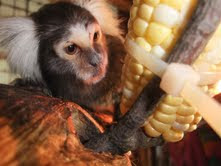
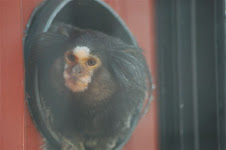
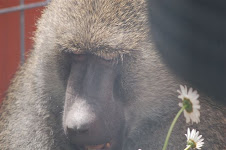
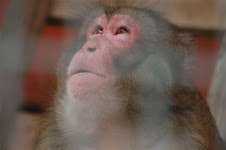
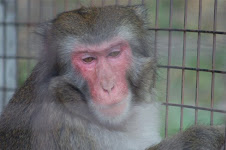
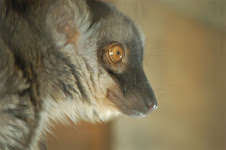

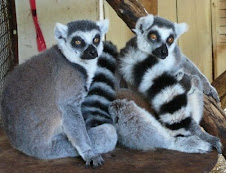

No comments:
Post a Comment